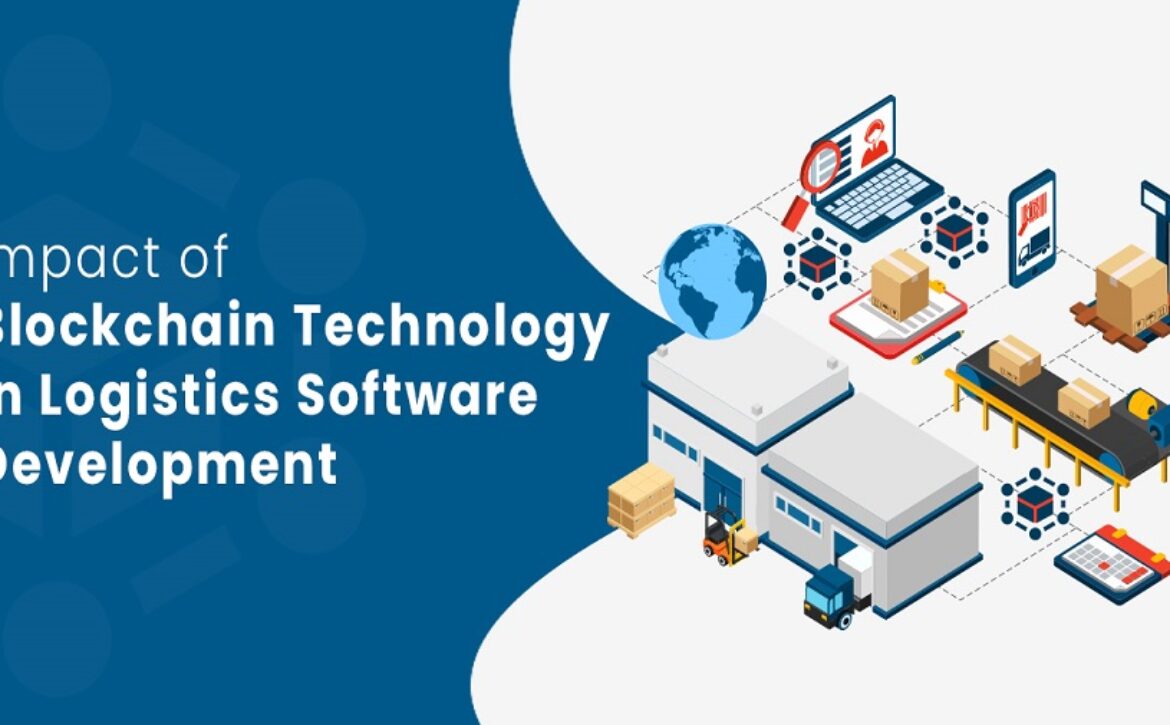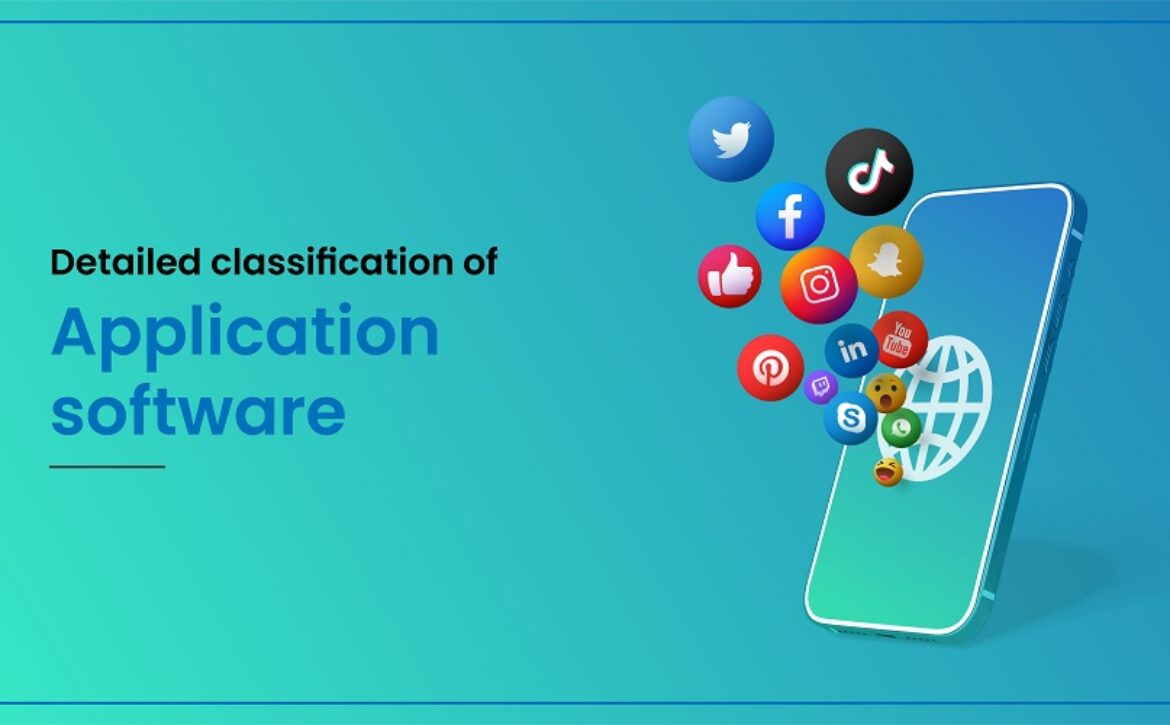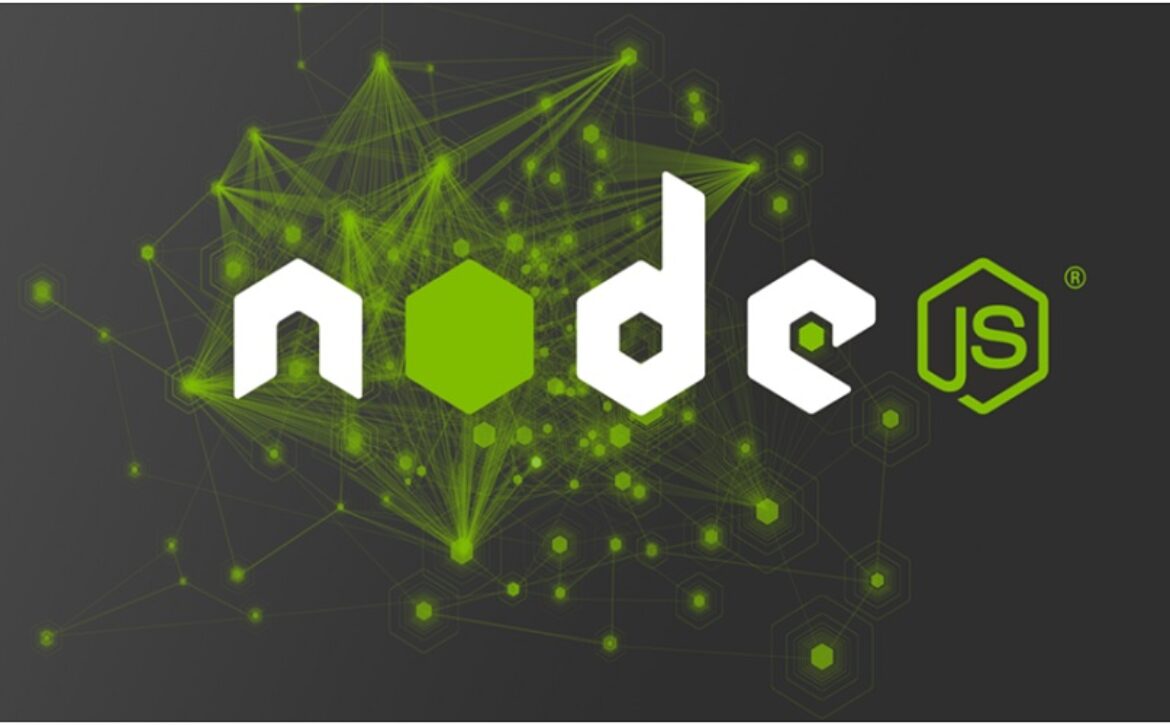Introduction: The Importance of Order Entry Efficiency
In the world of e-commerce, order entry is the most important part of running a business. It’s how buyers place orders, which gives companies the money they need to stay in business and grow. But it’s not easy to do a good job of handling requests that come in. The idea of Order Entry Efficiency comes into play here.
Order Entry Efficiency is the ability of an e-commerce business to handle customer orders quickly and correctly, from the time they are made on the website until they are filled and shipped. Getting to this level of efficiency isn’t just about speed; it’s also about lowering mistakes, making customers happier, and, in the end, making more money.
Now that we understand the significance of Order Entry Efficiency, let’s explore how Form Builders in E-commerce are playing a pivotal role in achieving this goal.
Form Builders Unveiled: What Are They?
Form Builders are flexible pieces of software that can be used to make digital forms and make it easier to collect data. In the context of e-commerce, Form Builders give businesses the tools they need to create and use custom order entry forms that make it easy to get important customer information and order data.
Form Builders are great because they are easy to use and can be changed in many ways. They have an easy-to-use interface that lets even people who aren’t tech-savvy create and launch forms quickly.
One of the best things about Form Builders is that you can drag and drop things into them. Form features like text areas, checkboxes, and dropdown lists can be easily dragged onto a canvas and arranged as needed. This visual way of making forms means you don’t need to know how to code, and it speeds up the development process.
Form Builders are easy to use, but they can also be changed in many ways. Businesses can change forms to fit their needs and make sure they get all the information they need to process orders.
Also, these forms are usually responsive, which means they can be used on different devices, such as smartphones and tablets. This mobile-friendliness is very important in the world of e-commerce today, where buyers can place orders from a variety of devices.
In summary, RapidoReach Form Builders are powerful tools that simplify the creation of digital forms, making them a valuable asset for e-commerce businesses looking to streamline their order entry processes.
Benefits Galore: How Form Builders Transform Order Management
Now that we’ve introduced Form Builders, let’s explore the myriad benefits they bring to the world of order management. These advantages are not just about making the process easier for businesses but also about enhancing the overall customer experience.
Improved Order Accuracy
In e-commerce, order precision is very important. Orders that aren’t right make customers angry, cost the business money, and hurt its image. Form Builders are very important for lowering order mistakes because they make sure that the information received is correct and full.
By making custom order entry forms with specific areas for customer information and order details, companies can get rid of the confusion that often happens when orders are placed using generic forms or manual processes. This accuracy makes mistakes less likely and lowers the need to enter data by hand.
Even though order precision is a very important benefit, Form Builders also save a lot of time.
Enhanced Efficiency and Speed
E-commerce processes that work well are based on how well they work. Form Builders speed up the process of entering an order by making it easier to collect data and handling some jobs. This automation can do things like fill in customer information automatically, figure out order totals, and make order confirmations.
By automating these regular jobs, companies can process orders faster, which cuts down on the time it takes to meet customer needs. In the world of e-commerce, where customers expect their orders to be processed and shipped quickly, this speed can make all the difference.
Form Builders not only improve accuracy and speed, but they also make the customer experience better.
Seamless Customer Experience
E-commerce companies put a lot of thought into how their customers feel. Form Builders help make the order entry process smooth and easy to use, which makes customers happy and more likely to buy from you again.
Businesses can give their customers a uniform and unique experience with customizable forms. This means using images, color schemes, and messages that are consistent with the company’s brand. A visually appealing and easy-to-understand way to place an order makes the business seem better overall.
Form Builders can also be connected to other customer interaction tools, like live chat or robots, so that customers can get help in real time when they are putting in an order. This level of help can quickly solve problems and answer questions, making sure that buying goes smoothly.
Besides these instant benefits, Form Builders also help e-commerce companies in the long run.
Data Insights and Analytics
Data is king in the digital age. Form Builders not only collect order information, but data analytics can also give you useful insights. By looking at the information on order entry forms, companies can learn more about their customers’ tastes, buying habits, and trends.
This data-driven method lets businesses make smart choices about what products to offer, how to price them, and what marketing efforts to run. It gives e-commerce companies the tools they need to stay competitive and adapt to changes in the market.
Form Builders have a lot of benefits, such as making orders more accurate and efficient, improving the customer experience, and giving useful data insights. Because of these benefits, Form Builders are a great tool for any e-commerce business that wants to improve its order handling.
 Selecting the Right Form Builder for Your E-commerce Business
Selecting the Right Form Builder for Your E-commerce Business
Now that we understand the potential benefits of Form Builders, it’s crucial to know how to choose the right one for your e-commerce business. Not all Form Builders are created equal, and selecting the one that aligns with your specific needs is paramount.
Compatibility with Your E-commerce Platform
The first and foremost consideration when choosing a Form Builder is its compatibility with your existing e-commerce platform. The Form Builder should seamlessly integrate with your website or e-commerce system. Compatibility ensures that data captured through the forms can be easily transferred to your order management system without manual intervention.
Once compatibility is established, the next factor to assess is ease of use.
User-Friendliness
The best Form Builders are designed with user-friendliness in mind. Look for a solution that offers a user-friendly interface and a straightforward process for creating and deploying forms. A drag-and-drop builder and customizable templates can significantly simplify form creation, even for those without technical skills.
Beyond ease of use, consider the level of customization offered.
Customization Options
Every e-commerce business has unique needs when it comes to order entry forms. Ensure that the Form Builder you choose allows for extensive customization. You should be able to create forms that capture the specific information required for your products or services. Customization should extend to the look and feel of the forms, allowing you to maintain brand consistency.
In addition to customization, think about scalability.
Scalability
As your e-commerce business grows, so will your order management needs. It’s essential to select a Form Builder that can scale with your business. Ensure that the chosen solution can accommodate an increasing number of orders and data without compromising performance.
Security Measures
E-commerce businesses handle sensitive customer information, including personal and payment details. Security is non-negotiable. Choose a Form Builder that prioritizes data security by implementing encryption, compliance with industry standards, and regular security updates.
After assessing security, consider integration options.
Integration Capabilities
To maximize the benefits of your Form Builder, it should integrate seamlessly with your existing systems, including your order management system, customer relationship management (CRM) software, and other relevant tools. Integration simplifies data transfer and ensures that your various systems work harmoniously.
Finally, think about ongoing support and pricing.
Support and Pricing
Evaluate the level of customer support offered by the Form Builder provider. Prompt and helpful support can be invaluable when facing technical issues or customization challenges. Additionally, consider the pricing structure to ensure it aligns with your budget and expected return on investment.
Once you’ve assessed these considerations, you’ll be well-equipped to make an informed decision.
 Integration Magic – Form Builders and Your Existing Systems
Integration Magic – Form Builders and Your Existing Systems
In the world of e-commerce, seamless integration between different systems is crucial for efficient operations. Now, let’s explore how Form Builders can work their magic by integrating with your existing order management systems and other tools.
Eliminating Data Silos
Many e-commerce businesses use a variety of tools, such as order management, product control, and customer relationship management, to run their businesses. Without collaboration, these systems can separate information into “data silos” that are hard to share. Form Builders bridge the gap by making it possible for data to move easily between platforms.
Integration with systems that handle orders
Your order management system (OMS) can connect straight to your Form Builder. This connection makes sure that when customers fill out your forms to place an order, the information is sent instantly and correctly to your OMS. This gets rid of the need to enter data by hand, which reduces the chance of mistakes and speeds up order processing.
Syncing with Inventory Management
Inventory management is another critical aspect of e-commerce. Form Builders can be configured to sync with your inventory management system. This allows you to track product availability in real-time. If a product is out of stock, the form can notify customers instantly, preventing issues with backorders or delays in order fulfillment.
Payment Gateways and Financial Integration
For e-commerce businesses, integrating with payment gateways and financial systems is essential. Form Builders can facilitate secure payment processing by seamlessly connecting with your chosen payment gateway. This ensures that customer payments are processed securely and that order details are updated accordingly in your financial systems.
CRM Integration
Customer relationship management (CRM) is vital for building and maintaining strong customer relationships. Form Builders can integrate with your CRM system to ensure that customer data collected through order entry forms is automatically added to your CRM database. This streamlines customer communication and allows for personalized marketing efforts.
With all these integration points, data security remains a top concern.
Data Security and Compliance
Data security and compliance with privacy regulations are non-negotiable in e-commerce. When integrating Form Builders with various systems, it’s crucial to prioritize data security. Ensure that the Form Builder provider follows industry-standard security practices and compliance measures to protect sensitive customer information.
In essence, Form Builders act as the glue that holds your e-commerce ecosystem together.
 Real-world Success Stories – Businesses Thriving with Form Builders
Real-world Success Stories – Businesses Thriving with Form Builders
While the theoretical benefits of Form Builders are clear, real-world success stories demonstrate their practical impact on e-commerce businesses. In this section, we’ll explore a few case studies of companies that have leveraged Form Builders to thrive in the competitive online marketplace.
Let’s begin with the story of an e-commerce startup.
Startup Sensation: Streamlining Order Entry from Day One
Case Study: “TechTrends: From Garage to Global”
TechTrends, a tech gadget startup, faced the challenge of establishing efficient order entry processes while experiencing rapid growth. From the early days in their garage to becoming a global brand, they knew they needed a solution that could scale with them.
TechTrends implemented a Form Builder into their e-commerce website, allowing customers to easily customize their orders and provide essential information. This streamlined approach not only improved order accuracy but also reduced the time required for order processing.
Next, let’s explore the experience of a mid-sized e-commerce retailer.
Mid-sized Marvel: Boosting Efficiency and Customer Satisfaction
Case Study: “FashionForward: Seamlessly Stylish”
FashionForward, a mid-sized online fashion retailer, wanted to enhance the customer experience with a wide range of goods while handling them. They found that general order forms made customers confused, which led to order mistakes and unhappy customers.
By using a Form Builder, FashionForward was able to change the way they took orders. They made order forms that were specific to each type of product. This made it easy for customers to choose sizes, colors, and styles. This not only cut down on order mistakes, but also made customers happier and made them come back more often.
Lastly, let’s look at how a well-known e-commerce giant got where it is today.
E-commerce Giant: Achieving Peak Efficiency at Scale
Case Study: “ElectroEmpire: From Catalogs to Cutting-edge”
ElectroEmpire is a well-known store that sells electronics. As their product list grew quickly, it became hard for them to keep order entry running smoothly. They needed a way to handle a wide range of goods and make sure that orders were filled quickly and correctly.
ElectroEmpire added a Form Builder to their e-commerce platform, which makes it easy for customers to set up complicated orders. This connection with their order management system made their whole process run more smoothly and cut the time it took to process orders by 40%. This efficiency saved money and made customers happier at the same time.
These case studies show how Form Builders have helped e-commerce businesses in the real world. They show that Form Builders can help drive growth and efficiency in any size business or field.
 Challenges and Solutions – Navigating the Roadblocks in Form Builder Implementation
Challenges and Solutions – Navigating the Roadblocks in Form Builder Implementation
While Form Builders offer a plethora of benefits, their implementation can sometimes present challenges for e-commerce businesses. In this section, we’ll identify common roadblocks and provide solutions to ensure a smooth transition to Form Builder integration.
Let’s begin by addressing a common concern: resistance to change.
Resistance to Change Challenge: Employees and management may resist adopting new technology, fearing disruption to existing processes. Solution: To overcome resistance, provide comprehensive training and education on the benefits of Form Builders. Highlight the potential for increased efficiency, reduced errors, and improved customer satisfaction. Engage employees in the selection process to ensure the chosen Form Builder aligns with their needs.
Another challenge involves the complexity of integration.
Integration Complexity Challenge: It can be hard to connect a Form Builder to a current system, which can lead to technical problems and possible downtime. Solution: Work closely with the company that makes Form Builder to make sure the connection goes smoothly. If you need to, hire a professional and test the interface fully to find and fix any problems before releasing it to customers. Use a phased method to merging to keep delays to a minimum.
Worries About Data Security Challenge: Using Form Builders to handle private customer data raises questions about data security and privacy. Solution: Choose a Form Builder service that has a good track record of keeping data safe and following the rules. Make sure that the answer meets the standards and rules of the business. To protect customer info, you should use encryption and access limits. Tell your users that you care about data protection to gain their trust.
Finally, scalability can be a challenge for growing businesses.
Problems with Scalability Problem: As an e-commerce business grows, it needs processes that can keep up. Some Form Builders might not be able to handle more data and traffic well. Solution: When choosing a Form Builder, give scalability the most weight. Choose a system that can handle the growth you expect without hurting efficiency. Check how scalable your system is often and make changes as needed to help your business grow.
In conclusion, using Form Builders in e-commerce has many benefits, but businesses must deal with problems like resistance to change, merging complexity, data security, and the ability to grow. Businesses can ensure a smooth shift to Form Builder integration by being aware of these issues and taking steps to deal with them.
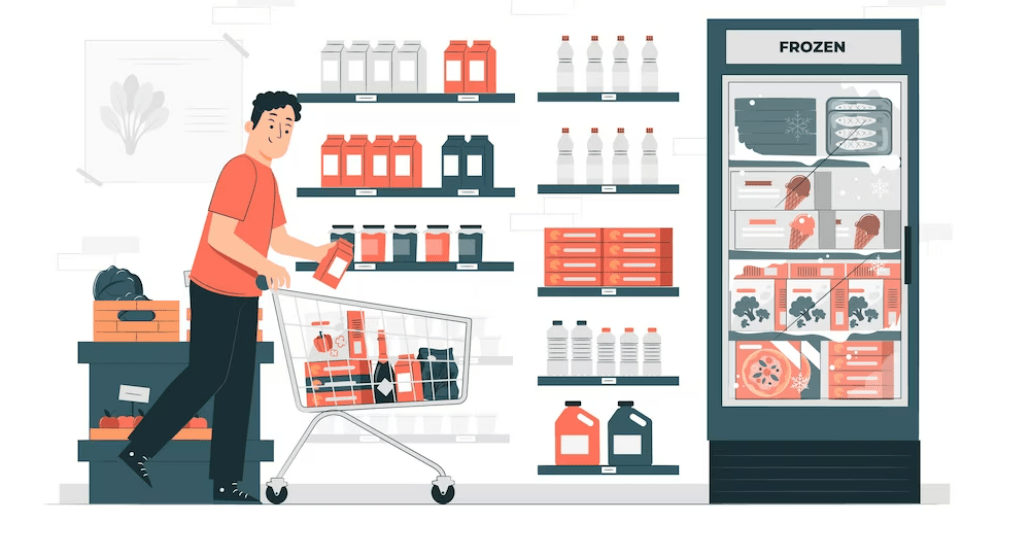 The Future of Order Entry – Form Builders Leading the Way
The Future of Order Entry – Form Builders Leading the Way
With Form Builders leading the way, the future of order entry in e-commerce looks bright as technology keeps getting better. In this part, we’ll look at the new ideas and trends that are changing the way order management systems will work in the future.
First, let’s talk about the role of AI and robotics.
AI and Robotics AI and robots are likely to have a big impact on how fast and easy it is to enter orders. Form Builders will have AI-powered features that can automatically fill in customer information, offer products, and even spot possible mistakes in real time. This technology will lower the amount of work that needs to be done by hand and improve the accuracy of orders.
Also, the user experience will keep getting better.
Improved the way users feel Form Builders will try to improve the user experience by making forms more interesting and attractive to look at. Customers can expect order entry to be not only quick and easy, but also fun. There will be more features like 3D models of products and more engaging ways to customize products.
The world of unification will grow.
Integration with ecosystems that are better Form Builders will be able to connect to more tools and sites. This will make them even more useful. They will connect easily to augmented reality (AR) and virtual reality (VR) technologies, which will let buyers see how goods look in the real world before they buy them. Integration with voice agents and robots will also become popular, giving customers more ways to place orders.
Data analytics will finally hit new heights.
Analysis of Advanced Data Data analytics will continue to change, giving businesses more information about how customers act and what they like. Advanced analytics tools will be built into Form Builders. These tools can find trends, predict future demand, and make custom product suggestions in real time. This method is based on data, so it will help businesses make choices based on data and stay ahead of the competition.
In the end, Form Builders are at the center of the future of e-commerce order entry. With AI and automation, better user experiences, more connection options, and advanced data analytics, Form Builders are set to change the way businesses handle sales and interact with customers.
Conclusion: Improve the efficiency of your order entry today
Order Entry Efficiency is very important in the ever-changing world of e-commerce. Form Builders have become very useful tools in e-commerce. They not only make it easier for customers to place orders, but they also make the whole customer experience better. Form Builders have a lot of benefits, from making things more accurate and efficient to making customer interactions easier.
Now is the time for your online store to do something.
Improve how well you enter orders. Don’t wait to start using Form Builders’ power. Start by figuring out what your business needs are and choosing the right Form Builder. Make sure that your brand’s experience is compatible, puts user-friendliness first, and focuses on flexibility.
As you start this journey, keep in mind that there are many people who have done well.
Form builders have a lot of potential. Think about the real-world stories of small and big businesses that have done well by using Form Builders. These examples show how these tools can change things for the better.
Take the problems you face as chances to grow.
Face problems with confidence. Handle problems like people not wanting to change, complicated merging, worries about data security, and problems with growth with confidence. When these difficulties are dealt with carefully, they can lead to more speed and happier customers.
Lastly, get ready for the future of e-commerce order entry.
Prepare for the Future Form Builders are at the heart of new changes that are coming to order entry in the near future. Stay ahead of the curve by using AI and automation, improving the user experience, increasing the number of ways to integrate, and using the power of advanced data analytics.
Your road to more efficient order entry starts now.
Do the First Thing Now is the time to act. Check out the RapidoReach Form Builders that fit with your business goals and start your journey toward easier order management, better customer experiences, and a prosperous e-commerce future.
Form Builders can help your e-commerce business grow today. Start your journey toward order entry efficiency to unlock the potential for growth and success. Start now to stay ahead in the world of online business, which is very competitive.

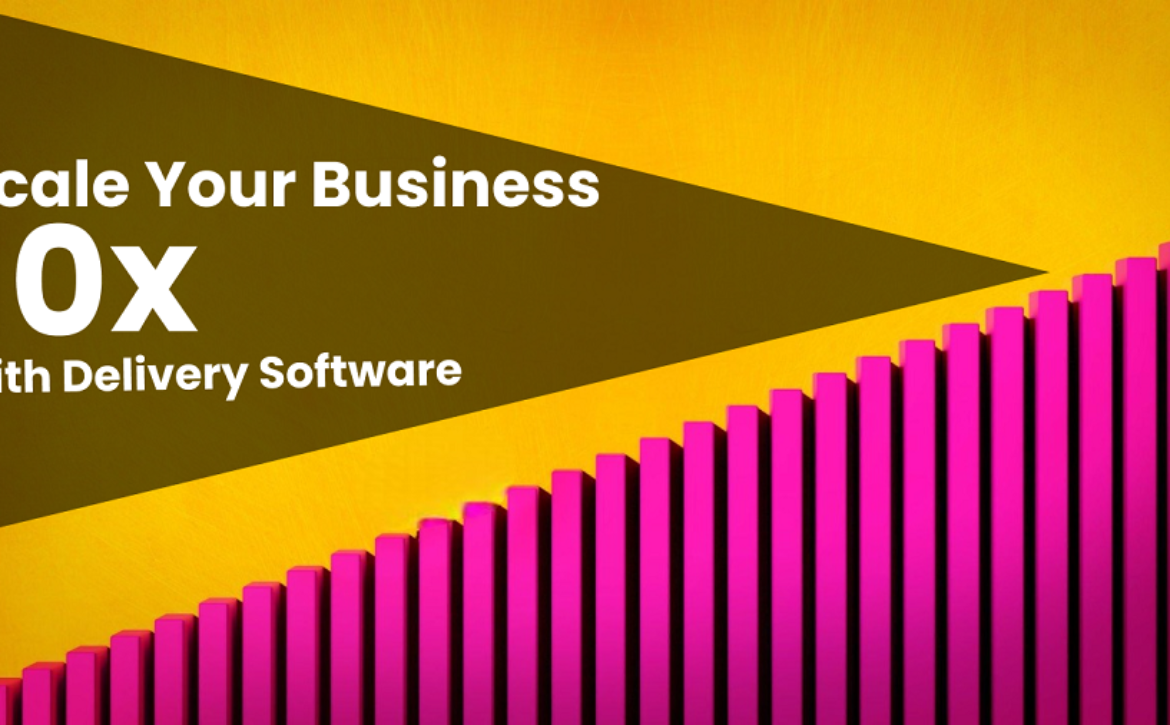

 Selecting the Right Form Builder for Your E-commerce Business
Selecting the Right Form Builder for Your E-commerce Business Integration Magic – Form Builders and Your Existing Systems
Integration Magic – Form Builders and Your Existing Systems Real-world Success Stories – Businesses Thriving with Form Builders
Real-world Success Stories – Businesses Thriving with Form Builders Challenges and Solutions – Navigating the Roadblocks in Form Builder Implementation
Challenges and Solutions – Navigating the Roadblocks in Form Builder Implementation The Future of Order Entry – Form Builders Leading the Way
The Future of Order Entry – Form Builders Leading the Way